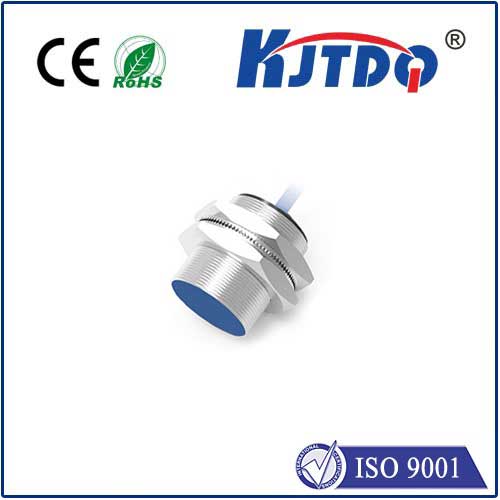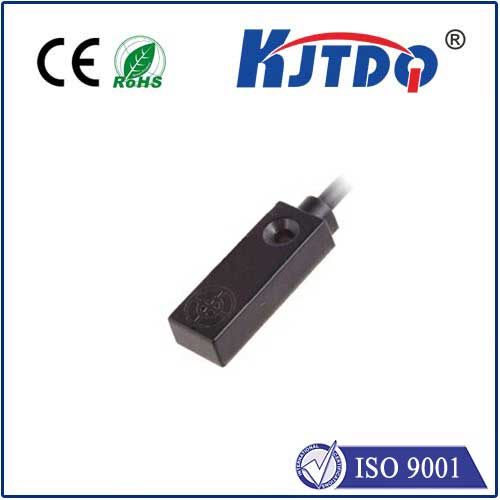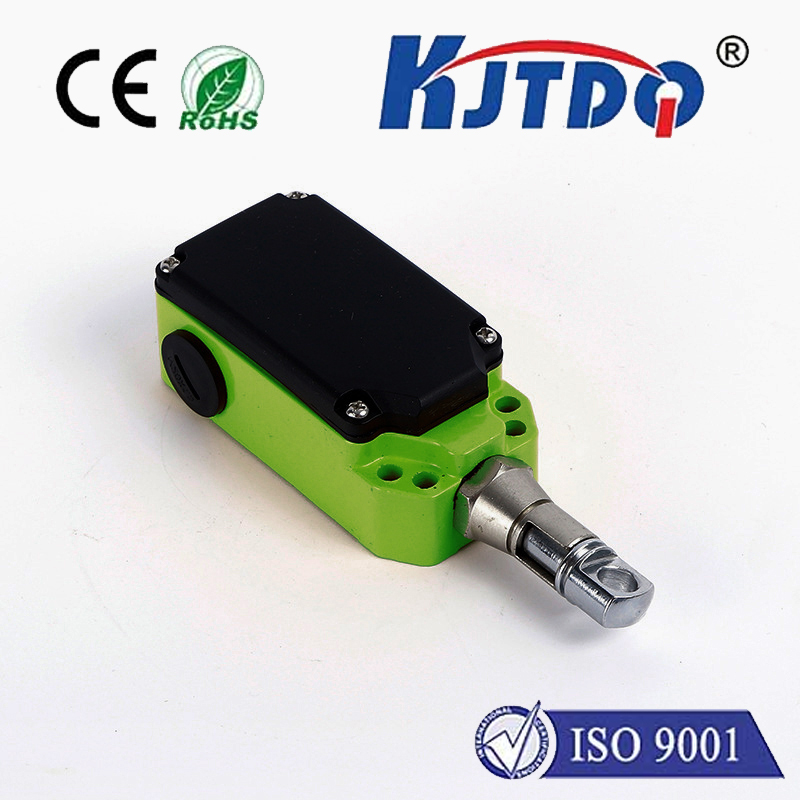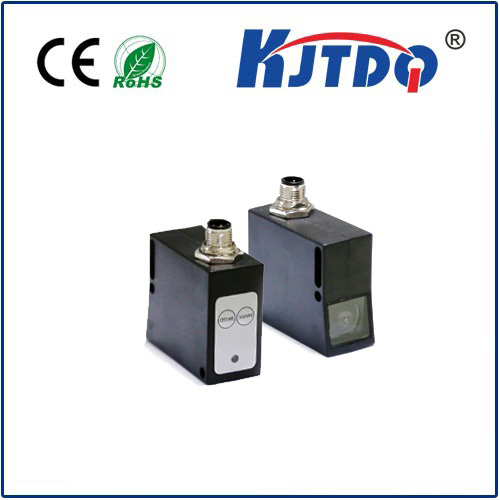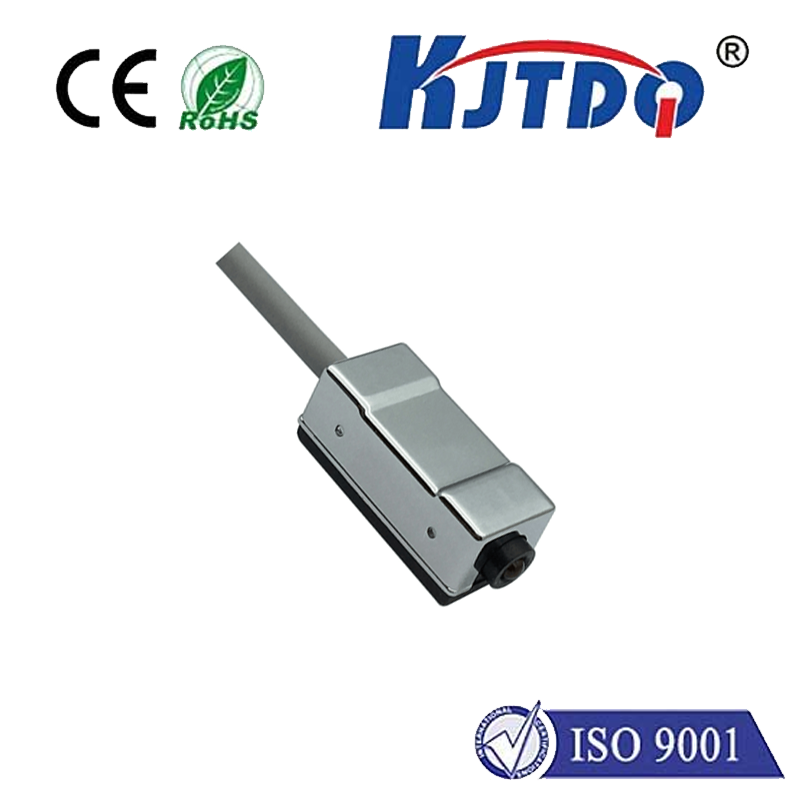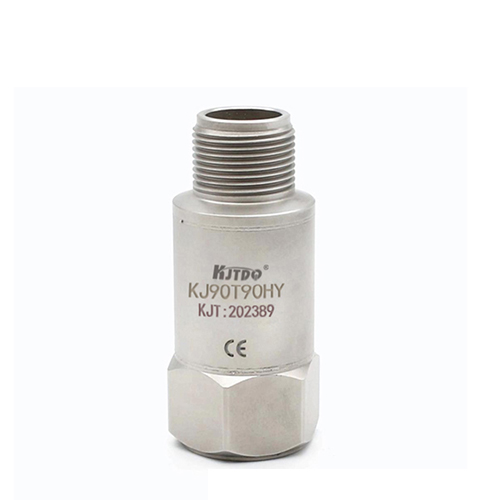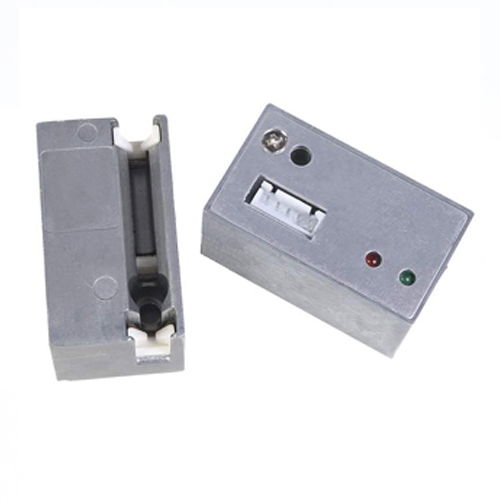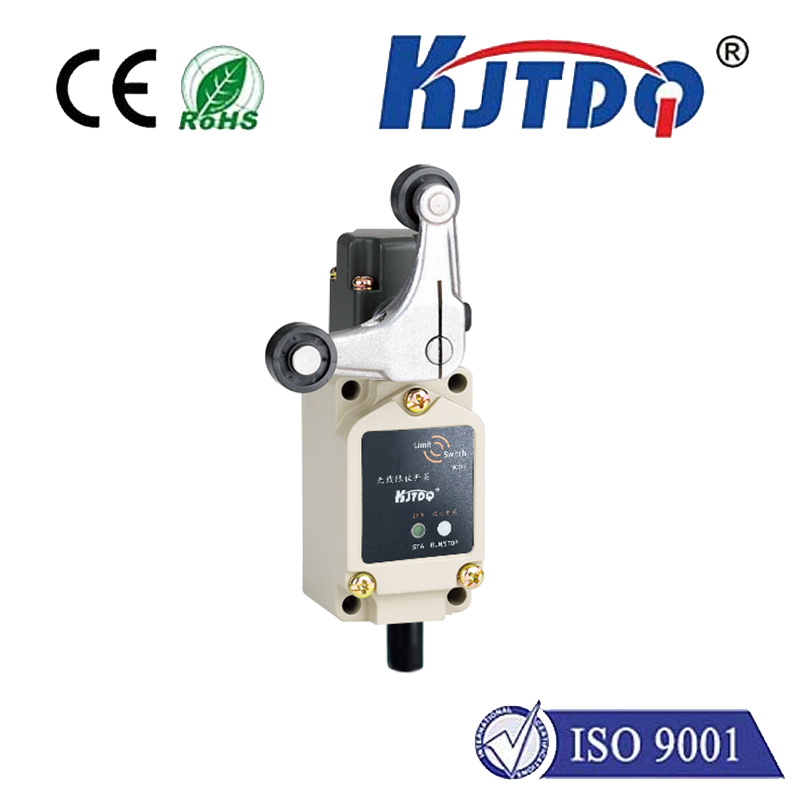Understanding Laser Power Meters: The Role of Thermopile Technology In the world of precision measurement, laser power meters have become indispensable tools for scientists, engineers, and technicians. Among the various technologies used in these devices, thermopile-based laser power meters stand out for their accuracy, reliability, and versatility. Whether you’re working in industrial manufacturing, medical applications, or research laboratories, understanding how thermopile technology works can help you make informed decisions about your measurement needs.
А.laser power meter is a device designed to measure the power output of a laser beam. This measurement is crucial in applications where precise control of laser energy is required. For instance, in medical laser treatments, an incorrect power level can lead to ineffective results or even harm to the patient. Similarly, in manufacturing, lasers are used for cutting, welding, and engraving, where power accuracy directly impacts the quality of the final product.
At the heart of many laser power meters lies the thermopile sensor. A thermopile is a device that converts thermal energy (heat) into electrical energy. It consists of multiple thermocouples connected in series or parallel, which generate a voltage proportional to the temperature difference between two junctions. When a laser beam strikes the thermopile sensor, it heats up, and the resulting temperature change is converted into an electrical signal. This signal is then processed to determine the laser’s power output. One of the key advantages of thermopile-based laser power meters is their ability to measure a wide range of laser wavelengths and power levels. Unlike other technologies that may be limited to specific wavelengths or require frequent calibration, thermopile sensors offer consistent performance across diverse applications. This makes them ideal for environments where multiple types of lasers are used.
Broad Spectral Range: Thermopile sensors are capable of measuring lasers across a wide spectrum, from ultraviolet (UV) to infrared (IR). This versatility eliminates the need for multiple sensors, reducing costs and simplifying workflows.
High Accuracy and Precision: Thermopile laser power meters are known for their ability to deliver precise measurements, even at low power levels. This is particularly important in research and development, where even minor deviations can affect experimental outcomes.
Долговечность и надежность: Thermopile sensors are robust and can withstand high-power laser beams without degradation. This makes them suitable for industrial applications where equipment is subjected to harsh conditions.

Доступность: Modern thermopile-based meters are designed with user-friendly interfaces, allowing for quick and straightforward measurements. Some models even offer real-time data logging and analysis features.
The versatility of thermopile laser power meters makes them suitable for a wide range of applications. Here are a few examples:
Medical and Cosmetic Treatments: In procedures like laser hair removal or skin resurfacing, precise power measurement ensures patient safety and treatment effectiveness.
Industrial Manufacturing: Lasers are used for cutting, welding, and marking materials. Accurate power measurement ensures consistent quality and reduces material waste.
НИОКР: Scientists rely on laser power meters to validate experimental setups and ensure the reproducibility of results.
Telecommunications: In fiber optic communications, lasers are used to transmit data. Power measurement is essential to maintain signal integrity.
When selecting a laser power meter, it’s important to consider the following factors:
Power Range: Ensure the meter can handle the maximum and minimum power levels of your laser.
Spectral Range: Verify that the sensor is compatible with the wavelengths you intend to measure.
Время отклика: For dynamic applications, a fast response time is crucial.
Calibration and Maintenance: Look for meters that offer easy calibration and require minimal maintenance.
Data Interface: Consider whether you need features like USB connectivity or software integration for data analysis.
As laser technology continues to advance, the demand for accurate and reliable laser power meters will only grow. Innovations in thermopile technology are expected to further enhance the performance of these devices, making them even more versatile and user-friendly. For instance, the integration of AI and machine learning could enable predictive maintenance and real-time optimization of laser systems. In conclusion, thermopile-based laser power meters are a cornerstone of modern laser measurement. Their ability to deliver accurate, reliable, and versatile measurements makes them an essential tool for a wide range of applications. By understanding the technology behind these devices, you can make informed decisions that enhance your workflow and ensure the success of your projects.

